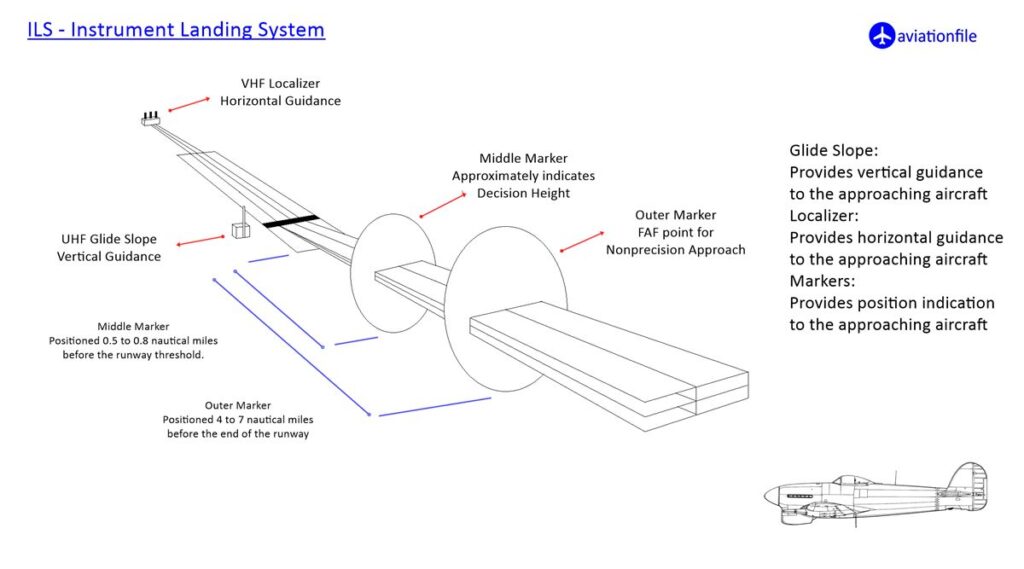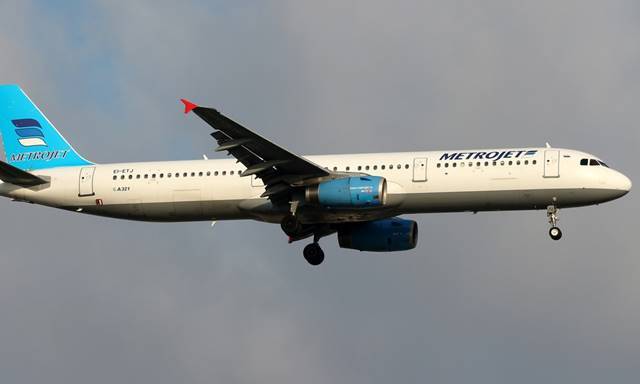Straight in Approach
A straight in approach is a type of instrument approach used in aviation, where an aircraft approaches the runway aligned with the centerline without first making any turns. The approach is typically initiated from a final approach fix or a point along the final approach path, allowing the aircraft to descend to the runway in a controlled manner.
There are several types of straight-in approaches, including precision approaches such as instrument landing systems (ILS) or global positioning system (GPS) approaches, as well as non-precision approaches such as visual approaches or VOR approaches.

One advantage of a straight-in approach is that it can save time and fuel compared to a circling approach, which requires the pilot to circle the airport to align with the runway. Straight-in approaches are also generally safer, as they reduce the risk of collisions with other aircraft or obstacles.
Benefits of a Straight-in Approach
- Saves time and fuel compared to circling approaches.
- Reduces workload for pilots, especially in busy airspace.
- Can improve safety by minimizing time spent maneuvering near the airport.
Requirements for a Straight-in Approach
- Air traffic control clearance is required.
- Weather conditions must meet landing minimums.
- The aircraft’s position must allow for safe and efficient alignment with the final approach course.
However, straight-in approaches require careful planning and execution to ensure that the aircraft remains on the correct path and altitude throughout the approach. Pilots must closely monitor their instruments and follow established procedures to ensure a safe landing.
References:
- Federal Aviation Administration (FAA). (2022). Instrument Procedures Handbook. Retrieved from https://www.faa.gov/regulations_policies/handbooks_manuals/aviation/instrument_procedures_handbook/
- Skybrary. (2022). Straight-in App.. Retrieved from https://www.skybrary.aero/index.php/Straight-in_Approach
- Cockpit360. (2022). Straight-in App.. Retrieved from https://www.cockpit360.in/glossary/straight-in-approach/



